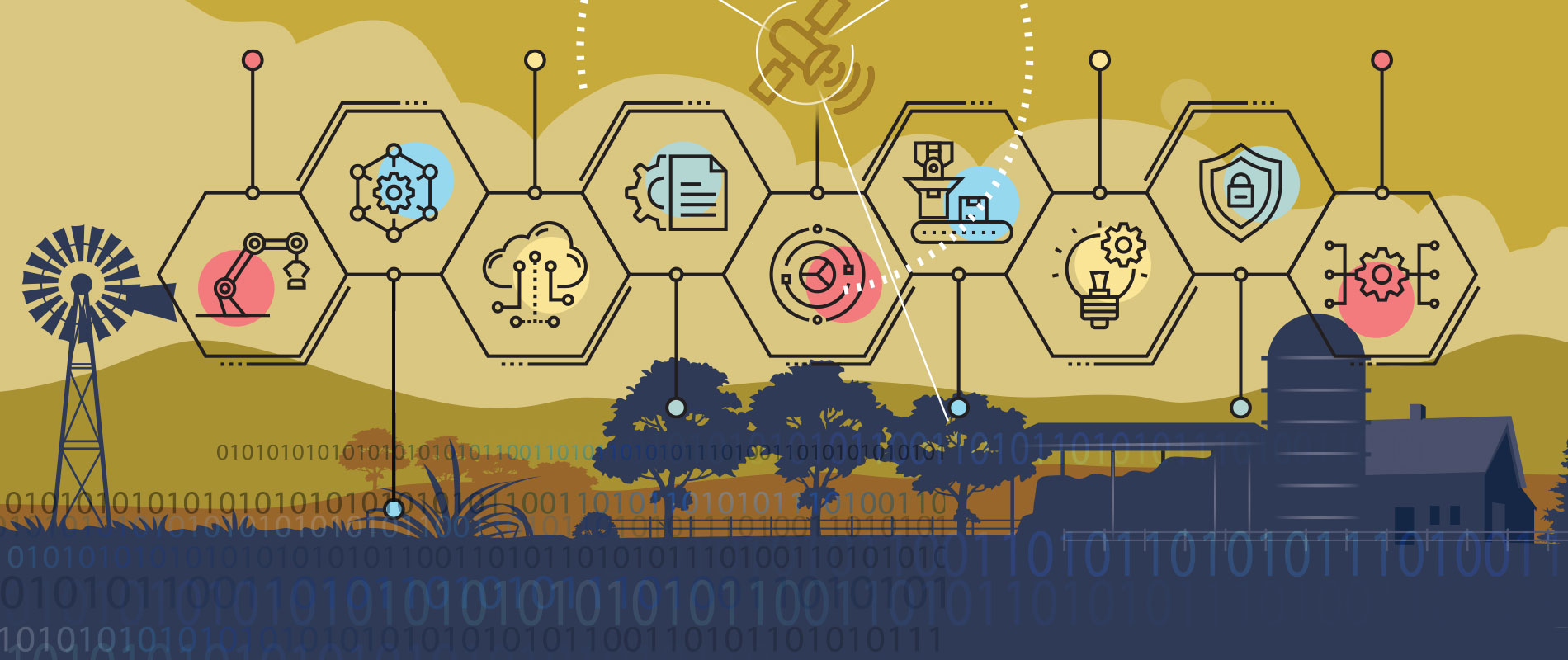The adoption of IoT technology in the agricultural sector is growing steadily, and we can expect to see more in the coming years. Steven Tompkins, who serves as Inmarsat market development director, said that there was an increasing need for agricultural businesses to track goods from ‘field to fork’ to better manage quality and reduce waste.
The company owns and operates 14 satellites in orbit to provide internet access across the world, including rural Australia.
Research from tech market research company Vanson Bourne found that investment in tech to bolster food production had increased six-fold. From the 90 agri-businesses surveyed, 43% were involved in crop production. The rest worked in livestock and were service providers.
“Our research suggests the operational impact of the pandemic has been more keenly felt by crop producers, than livestock producers or service providers,” the report stated. “Additionally, 87% of crop producers, 86p% of service providers and 83% of livestock respondents have either accelerated deployment of IoT projects as a result of the pandemic or plan to in the next few years.”
Eighty percent of the companies in the agriculture sector who were surveyed have fully deployed at least one IoT project; 53% reported this was within the past 12 months. In 2018, this number was only at 22%.
The remaining 20% are planning to deploy IoT within the next two years, or are currently test-running projects.
Tompkins said the future for agriculture is ‘very bright and exciting’. Thanks to the wide use of agritech devices over the past years, it has saved farmers on time and costs and increased productivity.
Remote water monitoring and control was one of the most common areas where IoT was being utilized. Twenty-seven percent of respondents have already deployed an IoT solution and 22% are in the trial phase.
The agriculture sector’s budget for IoT was significantly smaller than the other four sectors surveyed.
Connectivity also remains a key barrier. Fifty-nine percent of agribusinesses experienced difficulties deploying IoT because of connectivity issues in the areas they wanted to implement it.
“Reliable, flexible satellite communications is playing a key role in enabling IoT for businesses, allowing data to be collected, stored and analyzed from anywhere on the planet, including far-flung sites well out of reach of terrestrial connectivity,” the report stated.
The uptake of IoT in agriculture looks to be promising. As more agribusinesses adopt technology into their processes, we can expect to see greater yields, enhanced efficiency, and an overall boost of confidence into leveraging technology.




